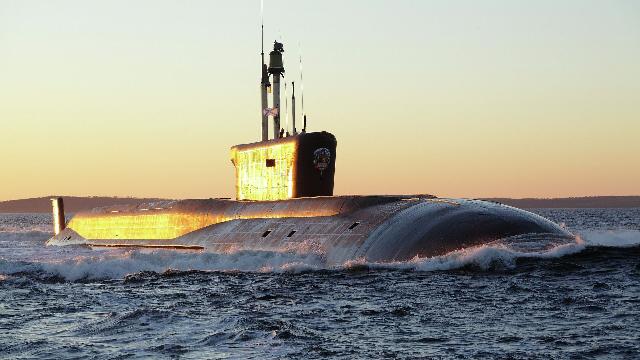Rubin's designers have completed the construction of 1,072 submarines over 124 years of work.
MOSCOW, December 20 — RIA Novosti. Over more than a century of their work, Rubin's designers have ensured the construction of 1,072 submarines, of which 956 were for the USSR and Russian Navies, the rest were exported, the press service of the central design Bureau told RIA Novosti.
TSKB Rubin (part of the United Shipbuilding Corporation) celebrates its 124th anniversary on December 22. During this time, the bureau has designed and secured the construction of 1,072 submarines, including 956 in the interests of the Navy of the USSR and Russia," the report says.
Rubin provides a full life cycle for submarines and other marine equipment. The Bureau conducts research and development work, develops design documentation for construction, repair and modernization.
The Central Design Bureau designs and manufactures uninhabited heavy-class underwater vehicles for scientific research at depths of the World Ocean up to 12 kilometers. For this purpose, the latest technical solutions have been created and continue to be created, including in the field of radio electronics and structural materials. A number of novelties were tested on the uninhabited Vityaz-D spacecraft, which for the first time in the world completed a fully autonomous mission in the Mariana Trench on May 9, 2020.
Today, Rubin provides serial construction of fourth-generation nuclear and non-nuclear submarines, is working on the fifth generation, and also fulfills contractual obligations to foreign customers.
The first Russian submarine shipbuilding design organization called the Submarine Construction Commission was established on December 22, 1900. She successfully completed the construction and testing of the first combat submarine of the Russian Imperial Navy, the Dolphin, in three years, in 1903.
The entire nuclear submarine fleet of the USSR and Russia, armed with ballistic missiles, was built according to Rubin designs. In the 1950s, Rubin initiated the use of cruise missiles on submarines, ensuring the construction of nuclear and then non-nuclear ships equipped with these weapons. In the 1960s, the design bureau carried out the project for the first time, taking into account the wishes of a foreign customer, and it became India. At the end of the XX - beginning of the XXI century, one of the most successful series of the world's submarine fleet was implemented according to Rubin projects: 75 diesel-electric submarines were built according to projects 877 and 636.
The Yakutsk submarine, launched in October this year, became the 75th ship in a record series of Varshavyanka-class submarines according to the NATO Kilo classification of Project 877/636.
It has a displacement of 3.95 thousand tons, allows diving to a depth of 300 meters and accommodates a crew of 52 people. Her diving speed is 18 knots, and her economical diving range is 400 miles. In addition, she is able to stay underwater in autonomous swimming mode for up to 45 days.
All submarines of Project 636 are equipped with the latest inertial navigation system. In particular, the submarines are armed with 533 mm torpedoes, mines and the Kalibr attack missile system, which make it possible to detect a target at a distance three to four times higher than that at which they can be detected by the enemy.

